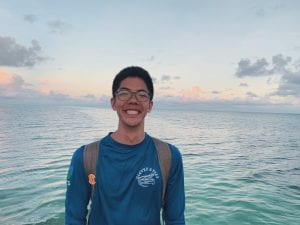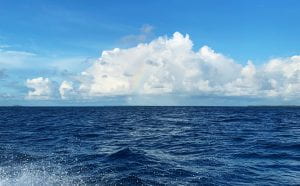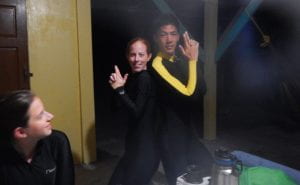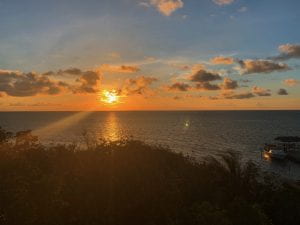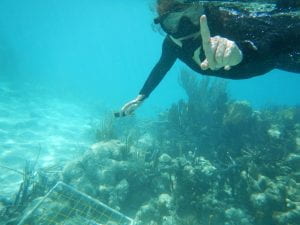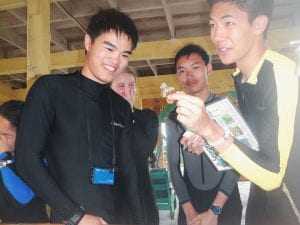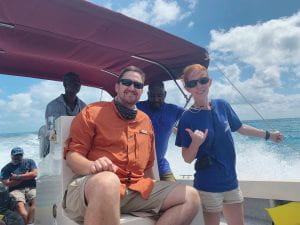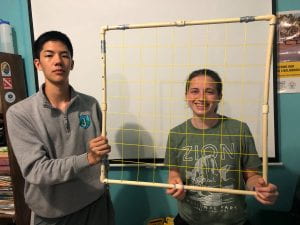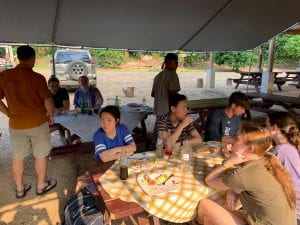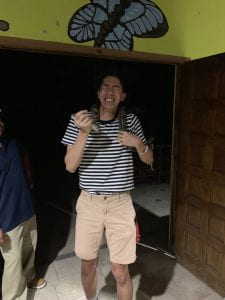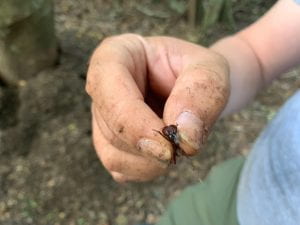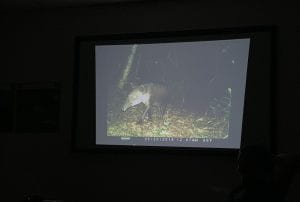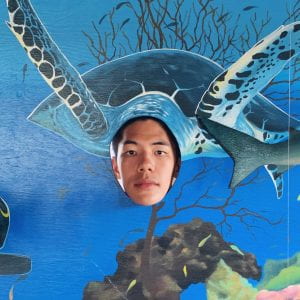
I remember sitting in the first interest meeting and hearing past participants talk about this trip. At that time, I was definitely hesitant how a trip can be so influential and eye-opening. Few months later, we had our first group meeting as the 2019 cohort. I wondered what the workload would be, how the group would interact with each other, and what we will be seeing in Belize.
When I chose ants and sponges as my taxonomic groups, I merely picked them because of familiarity. However, as I started to look into these groups more, I realized they shared many similarities. Ants and sponges are both often overlooked because they can easily blend in the background, but they are actually crucial in maintaining the health of the rainforest or reef. They both serve an important role of recycling nutrients in their respective ecosystems. Not to mention, to identity them to the species level is pretty difficult because they can appear so differently amongst each other.
More broadly speaking, the rainforest and reef also share many similarities with each other. These ecosystems are able to host such diverse life. Both of these ecosystems have organisms that continuously cycle nutrients back to its environment, allowing other organisms to develop. These ecosystems have food webs and food chains in place to ensure there is a balance between predator-prey relationship. In many cases, removing top-predators, like big cats and big fishes, can disrupt the ecosystem greatly.
One thing I also realized is to just avoid anything that begins with “fire.” In the rainforest, we avoided fire ants. In the reef, we avoided fire corals, fire sponges, and fire worms. I wrote in my first blog that I expect to be challenged when it comes to naming specific organisms. Of course, I ended up being challenged in all different ways. For instance, one challenge I did not expect was waking up at 5 or 6am every morning and struggling to stay awake past 9:30pm.
A difference that I noticed between the ecosystems is actually the way in which research is conducted. In hindsight, being able to stand on the ground definitely is a lot easier than needing to stay afloat. Perhaps we were just out of our element, but I noticed that so many variables, such as wind condition and wave action, that dictate when we can go out and do research.
My favorite part of the trip was being able to capture photos of everyone. Watching everyone’s facial expression and their sheer amazement has been such a fun part of the trip. I, too, was amazed by all the things we saw, but I found shifting perspectives and observing people in the context of nature can be equally rewarding.
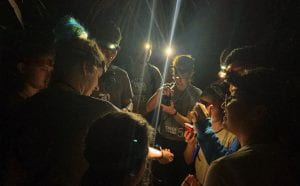
My least favorite part of the trip was definitely the bug bites. By now, you have probably heard of everyone complaining, but those bugs are evil! In my packing list, I remembered to pack bug sprays to prevent getting bitten, but I totally forgot to pack medicine for AFTER getting bitten. I had to continually restrain myself from scratching the insect bites.
Here are my three key takeaways from this course:
- Importance of contextualizing our trip. While learning about Belize’s natural beauty, we were also able to understand Belize’s ties to Mayan culture. Thanks to Herbert, we also understood the overarching history and future of Belize. Though we came to Belize to learn about the environment, I think we also have to acknowledge the environmental impact of traveling to Belize and all the places as well. My hope is that we can translate this experience and inspire more sustainable practices.
- Don’t forget the small things! I used to have this mentality of eliminating all ants in sight. After this trip, I realized just how amazingly complex ants can be. Seeing ant colonies and leafcutter ants traveling down the highway carrying freshly cut leaves have opened my eyes to these organisms.
- The bug bite trade-off. As I am writing this final blog post, I am also trying not to scratch my bug bites. In the future, I will still not use insect repellent with 99% DEET, but I will remember to bring some anti-itch medicine for these nasty bug bites. The good thing is bug bites will go, but these memories will last forever.
TAXON
ants department:
common name:
fire ants
genus:
Pseudomyrmex sp.
Azteca sp.
Dolichoderus sp.
species:
Atta cephalotes
Strumigenys ludia
16 morphospecies:
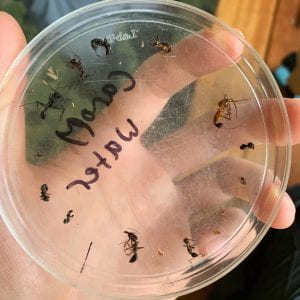
sponges department:
some type of rope sponge
Ailochroria crassa
Aplysina fistularis (Yellow Tube Sponge)
Callyspongia vaginalis (Branching vase sponge)
Callyspongia plicifera ( Azure vase sponge)
Chondrilla nucula (Chicken liver sponge)
Cliona delitrix (Red Boring sponge)
Xestospongia muta ( Giant Barrel sponge)

